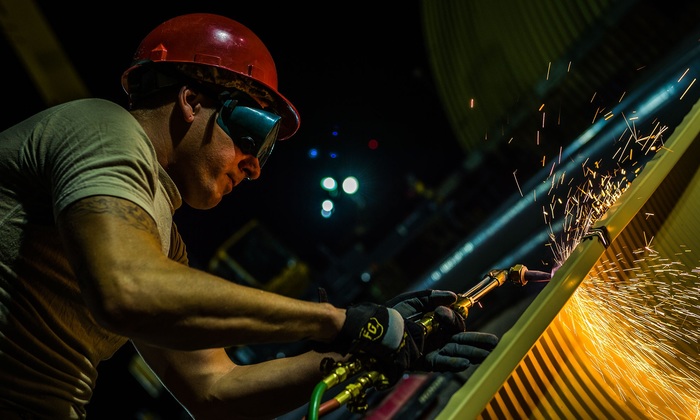Fire safety in construction
The combination of hazardous activities, such as hot work, large quantities of fuel, flammable liquids, wood, liquefied gas (LPG), and potential issues with escape mean that construction sites pose a very real fire risk. A fire on a construction site not only puts the lives of workers at risk but can also cause damage to the site and the surrounding area as well as being financially devastating for businesses.
Fire safety legislation
There are three key pieces of legislation covering fire safety in construction in England:
Fire risk assessment
Most construction site fires have simple causes and can be dealt with by simple precautions. The legislation requires that whoever is in control of the construction work must have carried out a risk assessment and be able to demonstrate that they have:
- Identified the risks in their workplaces.
- Considered who will be affected.
- Assessed the extent of the risks.
- Identified measures to reduce, or remove the risk.
- Put in place those measures.
Emergency plans
Every construction site, no matter how small or low risk, should have an emergency plan. In finished buildings, there will always be alternative escape routes. However, when the building is under construction this may not be the case and a fire on a construction site can trap people. The purpose of an emergency plan is to make sure everyone on the site can reach safety in the event of a fire.
The plan should:
- Be prepared before the work starts.
- Be regularly updated and appropriate for the work being carried out.
- Detail individual’s responsibilities during a fire.
- Where Construction (Design and Management) Regulations 2007 (CDM) apply be incorporated in the construction phase health and safety plan.
Fire warning systems
A fire warning system will alert people to a fire on the site, allowing them to escape safely and quickly. On a small low-risk site shouting, ‘fire’ may be enough to raise the alarm. On a larger or high-risk site, it may be appropriate to have a manual bell or battery-operated site alarm with a distinctive sound that can be heard above the noise of the site. The fire alarms should be tested at least once a week.
Fire fighting equipment
Carrying out a risk assessment on the site will identify the hazards and the type of equipment required. On a small or low-risk site a single fire extinguisher may be sufficient. On a large or high-risk site, it may be necessary to install a fixed system such as fire sprinklers.
Whatever the equipment needed on the site, it is important that:
- Fire equipment is located close to work areas and is easily accessible.
- The correct extinguishers are chosen.
- Extinguishers are serviced and in good working order.
- Everyone on the site is trained in basic firefighting techniques.
We offer training on fire safety, basic fire fighting techniques and stock a wide range of fire extinguishers and fire fighting equipment.


